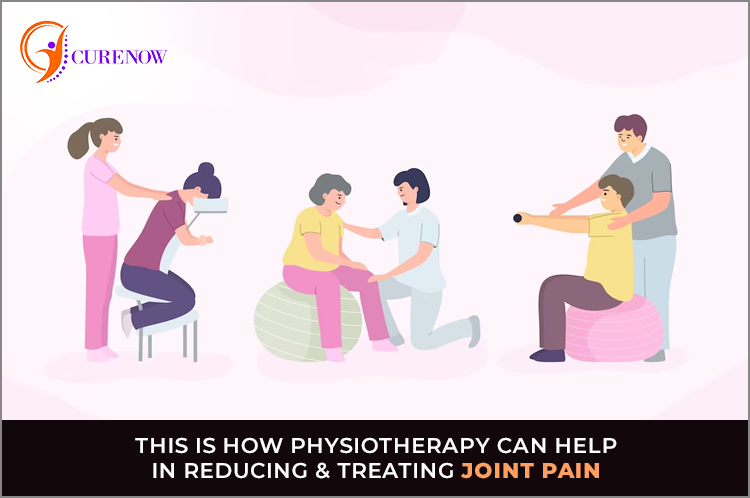Joint pain is a common condition that affects millions of people worldwide. It can occur due to various factors such as age, injury, overuse, or underlying medical conditions like arthritis.
Joint pain can significantly impact a person's quality of life, limiting their mobility and causing discomfort. However, physiotherapy offers effective solutions to reduce and treat joint pain, providing relief and restoring functionality. In this blog post, we will explore the symptoms of joint pain and delve into how physiotherapy can help alleviate and manage this condition.
Symptoms of Joint Pain
Joint pain can manifest differently depending on the underlying cause and affected joint. Some common symptoms include:
Stiffness: Joint stiffness often accompanies joint pain, making it difficult to move the affected joint freely. Stiffness is commonly experienced in the morning or after prolonged periods of inactivity.
Swelling: Inflammation and swelling may occur around the affected joint, causing discomfort and a visible increase in size. Swelling is usually a sign of an underlying issue, such as arthritis or an injury.
Limited Range of Motion: Joint pain can restrict the normal range of motion, making it challenging to perform daily activities or engage in physical exercise. This limitation can lead to muscle weakness and further aggravate the pain.
How Physiotherapy Can Help in Joint Pain
Pain Management
Physiotherapy offers various techniques to manage joint pain effectively. Therapists may use modalities like heat or cold therapy, ultrasound, or electrical stimulation to reduce pain and inflammation. These modalities promote blood circulation, relax muscles, and alleviate discomfort.
Exercise and Stretching
Specific exercises and stretching routines tailored to the individual's needs can help improve joint mobility and flexibility. Physiotherapists guide patients through range-of-motion exercises, strengthening exercises, and gentle stretching techniques to target the affected joint and its surrounding muscles. Regular exercise promotes joint lubrication and reduces pain.
Manual Therapy
Physiotherapists employ hands-on techniques to treat joint pain. Manual therapy may include joint mobilization, manipulation, or soft tissue massage to reduce pain, improve joint function, and enhance muscle flexibility. These techniques can help release tension, break up scar tissue, and restore proper alignment and movement.
Education and Lifestyle Modifications
Physiotherapists provide education and guidance on proper body mechanics, posture, and ergonomics. They teach patients how to protect their joints during activities, avoid excessive strain, and make necessary lifestyle modifications. By adopting healthier habits and practices, patients can manage joint pain effectively and prevent further complications.
Physiotherapy plays a vital role in reducing and treating joint pain. By addressing the root causes of joint pain and implementing a comprehensive treatment plan, including pain management, exercise, manual therapy, and education, physiotherapy helps individuals regain mobility, alleviate discomfort, and enhance their overall quality of life.
If you are experiencing joint pain, consulting a qualified physiotherapist can provide you with the appropriate care and guidance to effectively manage your condition.
Schedule an appointment with our UK-trained and certified Physiotherapists at CureNow Wellness, and find out more physiotherapy-based treatment for joint pain.
Visit us at CureNow.in.
CureNow Wellness Pvt. Ltd.
F-Residences, Shop # 25, First Floor, Wadgaon Sheri, Kalyani Nagar Annexe, Pune - 411014, Maharashtra
Mobile No : 9545345300
- Neuromuscular Physiotherapy: This Is How Brain, Nerves & Spinal Cord Disorders Can Be Treated
- Spinal Cord Injury: 3 Spine Physiotherapy Treatments Recommended By Experts
- What Is Cardiovascular Physiotherapy? What Are The Benefits Of Physiotherapy In Cardiac Rehab?
- What Is Musculoskeletal Physiotherapy?
© Copyright CURENOW . All Rights Reserved. Presented By
RISIAR Step In Business Hub Pvt Ltd
